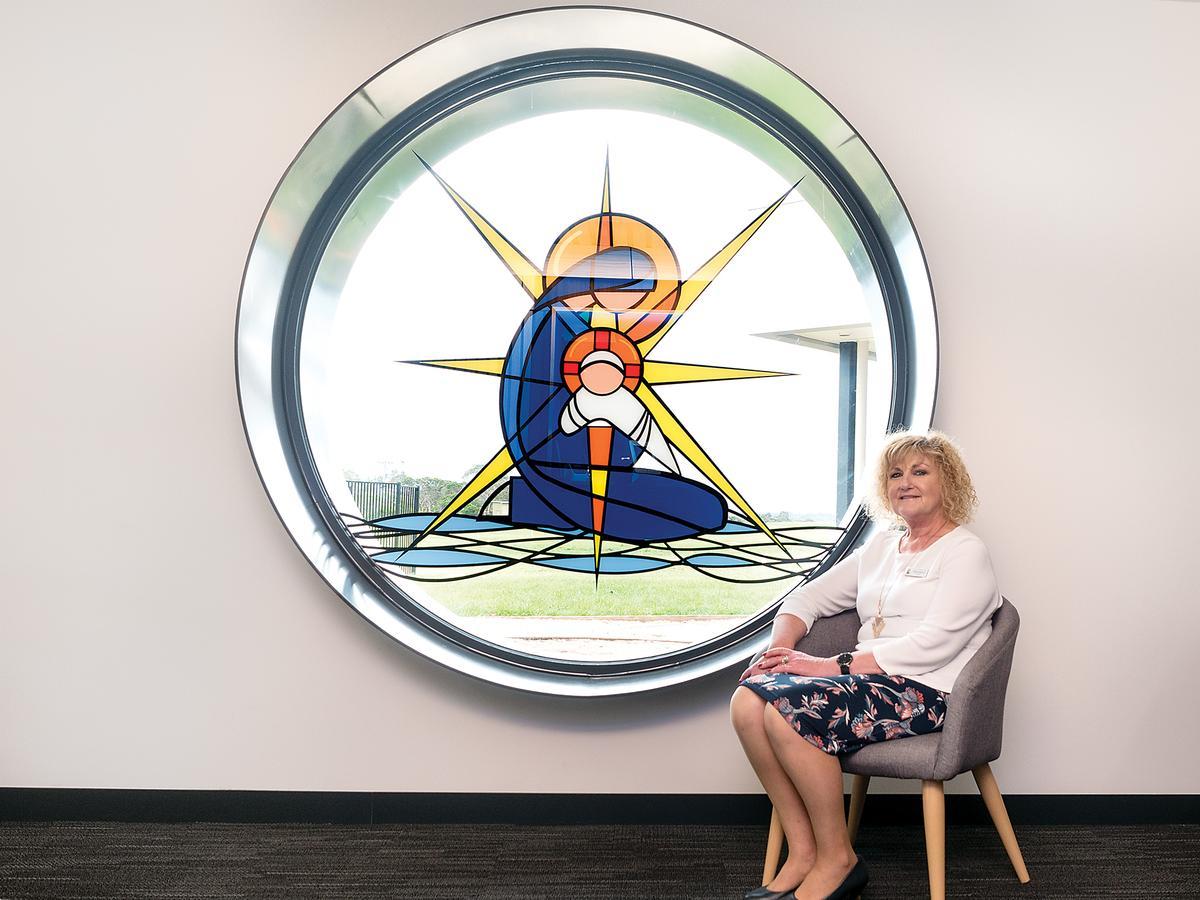Principal Message

Be Kind, Be safe, Be respectful, Be responsible, Be resilient, Be ready
Dear Parents and carers,
“Body image is the biggest personal concern of Australian children today. They care about what they look like and they care that the media continues to portray unrealistic ‘perfect’ bodies, according to a survey of 50,000 children aged 11-14 released by Mission Australia.”
Tracey Roberts January 2011.
It is a sad reality, that much of our culture is now based on attractiveness and this has consequences for just about everyone in society, including our children on the playground, adults in the workplace, even politicians running for public office. The media and society have put a lot of negative stereotypes and images into our minds, which make it quite difficult to be who we really are:
“We place much on appearance, less on what it conceals.
Does a beautiful face, in equal measure,a beautiful heart reveal?
And what about those with beautiful hearts encased within life’s less than idyllic form?
By appearance and a shallow wanting we, so easily, can be deceived.”
Author Unknown.
Children need to know that the so called, “ideal body shape” is unattainable for most people; they need to know that some people are naturally skinny and others are naturally big. Children need to be encouraged to admire others for qualities such as kindness, thoughtfulness, good manners, positive attitude. Children need to be praised for their ability to be a good friend, their care for animals, their physical abilities rather than for their looks. Children need assistance to build a healthy self-image and to acquire healthy eating habits and exercise behaviours.
Due to the continuous bombardment of advertising in the electronic media, we as parents might have our perception blurred as to what healthy eating and living is and what it is not. We might begin to believe that fat-free eating is healthy eating and that skipping meals is a shortcut to being trim. We might not realise that an eating or exercise lifestyle, that works well for us as adults, when taken out of the context of age and health requirements does not necessarily apply to our children and in fact may harm them.
As parents, we need to educate our children, to teach them that their body is a wise and predictable machine requiring fuel and maintenance and not simply an object of beauty. Our children need to know that food is a life sustaining fuel for the body, rather than a destructive agent of its shape. Of course, this is true only if what is eaten is healthy and accompanied by an active lifestyle. If we parents do not actively refute poor body image perceptions in our children, we may find that we are perpetuating and reinforcing them.
Maybe the poet was wondering what the world would be like without media to influence people when he referred to “standing alone strong and free”?
Keep smiling
Cathy

